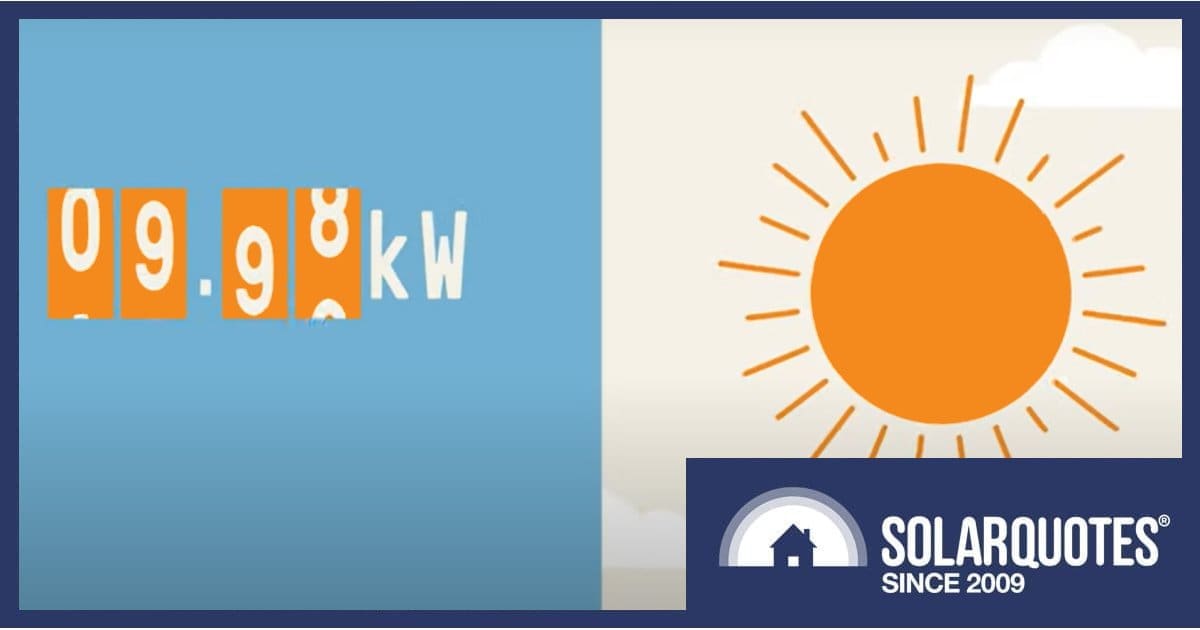
Owners of new or upgraded solar systems in hundreds more suburbs and towns in South Australia will have the opportunity to sign up for flexible exports later this month.
Home solar uptake in South Australia has seen more than 404,000 systems installed across the state to date – pretty impressive given a comparatively small population of 1.86 million. Last year, rooftop solar met around 20.4% of the state’s electricity demand. The enduring popularity of PV has kept solar installers in Adelaide and elsewhere in SA quite busy.
But as more systems are installed, it’s creating some management challenges for SA Power Networks (SAPN); especially where uptake is particularly high and/or the network not so robust. During periods of low electricity demand, surplus solar energy going into the grid can reach levels that can cause problems such as voltage rise and other instability that has the potential for local outages or a wider blackout.
A blunt tool introduced by SAPN back in 2020 to manage such situations was remote disconnect/reconnect capabilities, and that has been used sparingly. A more elegant approach is SAPN’s flexible exports initiative, and all solar systems installed since July 2023 have been required to be compatible.
Flexible solar exports enables systems to adapt to network conditions, allowing for a much higher maximum export limit for much of the time than the current 5kW per phase limit. Eligible customers can select from either a reduced permanent fixed export limit of 1.5kW per phase or the flexible option, where it will vary from 1.5kW to 10kW per phase depending on conditions on any given day.
Flexible exports were initially introduced for new or upgrading solar customers in 37 Adelaide suburbs experiencing congestion issues. Results from the trial showed participating customers were able to export the full capacity of their solar power systems 98 percent of the time.
Flexible Exports Rollout Picking Up Pace
SAPN started making the flexible exports option available to more new/upgrading solar customers from July 2023 through a staged rollout. Its aim is to have flexible exports available across the state by the end of 2024 as a standard offering. SAPN’s goal through this initiative is to double the amount of PV it can support on the network by 2025.
The first stage last year saw around 120 suburbs with the option, and next stage is about to kick in. On July 23, new/upgrading system owners in more than 200 additional locations across the state, mainly in and around Adelaide, will be able to participate.
What About Existing Solar Owners?
According to SAPN, current arrangements for a household with rooftop solar panels already installed will not change unless the system is upgraded or the customer chooses to switch – and if in an eligible area of the network. Owners of existing installations should contact their installer for further information about switching.
Eligible customers with new systems or those upgrading don’t have to opt-in for flexible exports, but SAPN says if you are living in an overloaded area, the alternative will be a fixed limit of 1.5kW per phase.
While flexible exports could generate more feed-in tariff income, feed-in tariffs in SA aren’t as high as they used to be. This means maximising self-consumption where possible is still crucial for getting the most value from going solar.
Further information on SAPN’s flexible exports initiative can be found here.

 RSS - Posts
RSS - Posts



…cheers for this article… will this likely push FIT’s to drop even further, due to there being even more surplus of solar energy being available in SA during the day? …we are on 12 cents per kilowatt (uncapped) with Origin, which may not sound like much but with 13kw of solar panels facing north, we almost break even in winter & go into credit during summer …being able to export 10kw (instead of 5kw) will make a big difference to our bill that should then easily be in credit, on a 12 month cycle